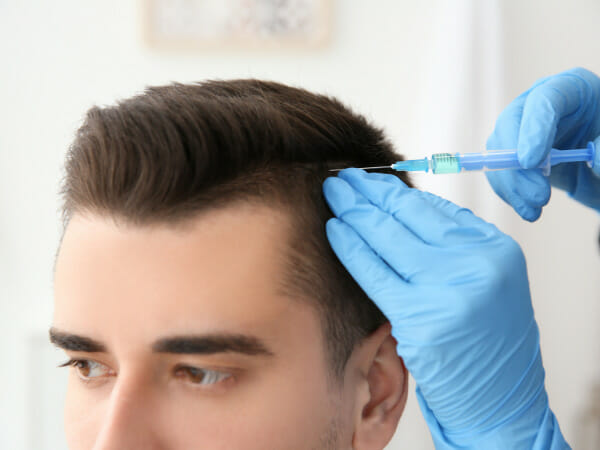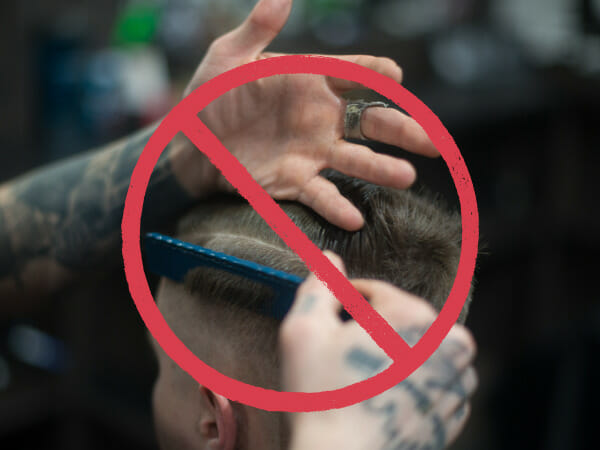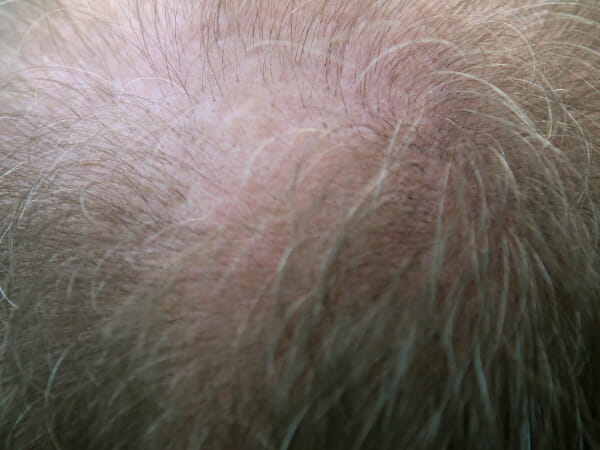What can you do after a hair transplant?
Hair transplants have become quite popular and common nowadays. Thinning hair is a dilemma many people have for various reasons. Whether it’s age-related or caused by other underlying conditions, it can take a toll on someone’s self-esteem. Some people do hair transplants for cosmetic purposes, which is perfectly fine.
There are some effective treatments for hair loss, but nothing gets it done as fast and effective as hair transplants. With today’s technology, the procedure can be painless and easy. However, aftercare is what matters most. Many plastic surgeons will give out post-surgery instructions, and you would do well to follow them to a T. Read below for more on hair transplants.
Hair transplant procedure

Follicular Unit Extraction (FUE) and Follicular Unit Transplant (FUT) are the two most popular and requested hair restoration procedures. These procedures involve extracting healthy individual hair follicles from the area of the scalp with dense hair growth (donor area) and transplanting them to the bald areas or areas with pattern baldness (recipient area).
The surgeon will puncture minute incisions into the scalp and implant the follicular grafts with great care and precision for natural-looking results. The strip of skin grafted skin may have a linear scar, but this can be covered when more hair naturally grows around the area.
Hair transplant aftercare
Once your hair transplant surgery is done, there is aftercare. It is one thing to remove hair from the same scalp and transfer it to another area. However, there will be some side effects considering it is still technically surgery, albeit minimally intrusive. After the transplant, it can take about 2 to 3 months before new hair follicles can fully take and grow new hair.
The new hair growth might be uneven, but it will soon grow fully. Most patients get their desired results within 10 to 12 months, and this may vary from patient to patient and the amount of hair transplanted. According to medical advice, a full head of newly grown hair can only be achieved if you’re willing to work for the aftercare.
Do not immediately wash your hair.
Wait for a few days before washing your hair. Your scalp may still be a bit sensitive, so even when you wash your hair, use the most gentle strokes, especially on the newly grafted areas. If hair strands fall out, don’t freak out. This is normal as long as they are the normal amount of hair fall you typically get.
Use only mild shampoos and hair care products.


Shampoos can be strong, especially those formulated to address certain hair problems like dandruff and hair fall. Try to opt for organic and gentle shampoos. Maybe you can even try baby shampoos as they are formulated for sensitive baby skin.
No strenuous activity for at least ten days
Your surgeon might advise you to take it easy for at least ten days after your procedure. The grafted areas will be tender and have tiny puncture wounds, and any excessive physical activity might cause them to bleed or become inflamed.
Don’t press a comb or brush to the newly grafted area
You can still comb through your hair. Just don’t go at it with your usual vigor when brushing out tangles. It would be best to use your fingers to untangle the knots. If you need a brush or comb, don’t press into your scalp and use gentle strokes.
No direct sunlight for prolonged periods
Due to the sensitivity of your scalp, exposing it for a lengthy period under the sun may cause sunburns easily. That’s not to say you can’t hit the beach up anymore after your procedure. You can wear protective hats but be sure they are loose and the correct type for your head shape.
Are there side effects after a hair transplant?
Although hair transplant is a minimally invasive cosmetic procedure, it can still have undesired side effects if you are not properly informed. There can be pain after the procedure, so your doctor might prescribe over-the-counter pain relievers. Swelling is also common not just around the grafted area but also on your forehead and entire scalp.
There might also be itching. Be sure to keep your fingernails far from your scalp when this happens, as it can irritate it and cause bleeding or broken skin. These side effects are quite common and normal, and they should go away in about a week or so. If they persist, contact your surgeon and schedule a checkup.
What precautions should be taken when wearing headpieces?
Most surgeons will advise their patients who have undergone hair transplants to wait for at least ten days before wearing headpieces like hats, headbands, hoodies, and other accessories. If you want to wear one, consult your doctor first. The consensus is that you can wear a loose, easily adjustable cap, but this also depends on the type of hat. Don’t wear it for more than 6 hours at a time to let your scalp breathe.
You can also adjust your wardrobe a bit, so you keep contact with your scalp to a minimum. Choose button-down or tops with very loose necklines so you can fit your head in easily. When you take accessories or clothes, keep in mind the care you took when you put them off. Gentleness and caution are your two best words during the healing process.
Related Articles
Summary
Hair transplants are a common cosmetic procedure nowadays. Any consenting adult can get them if they have the budget for it. It can be costly considering the precision and care that goes into the procedure. According to successful patients, though, it is worth it. The procedure can take several hours to several days, depending on the patient’s case.
Essentially, the procedure requires the surgeon to gather hair from a dense area in the scalp and transfer it to areas with less growth. While it is mostly a non-invasive procedure, the side effects can still last for a couple of days. The swelling, bleeding, and itching may follow after a few weeks. Note that every patient’s result and recovery time may vary. Give the procedure some time to heal and see if it worked for you.





